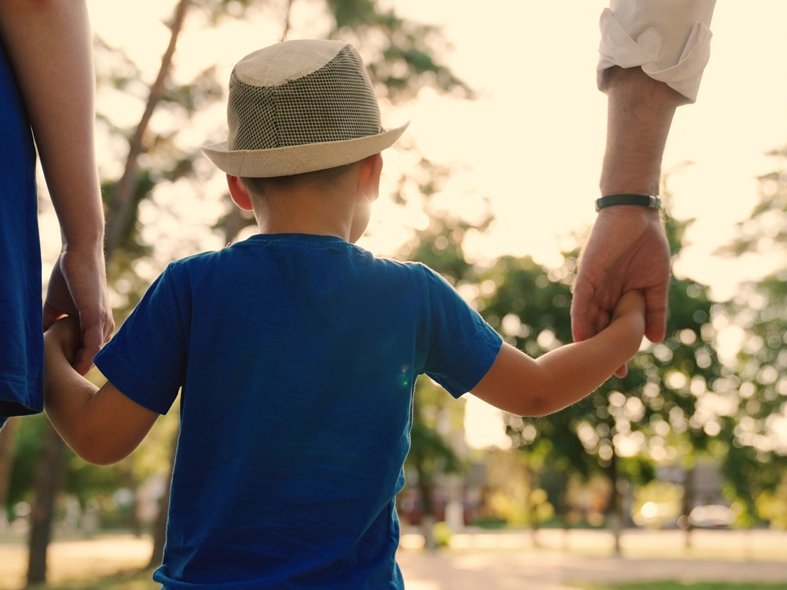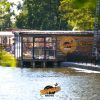City kids - How family-friendly is Bucharest, really?

By Bucharest Team
- Articles
On paper, Bucharest seems to want to be a family-friendly city. But beyond public speeches and urban strategies, the daily lives of parents and children reveal a fragmented reality—one where isolated initiatives don’t add up to a coherent experience for the youngest citizens.
Playgrounds – numerous, yet barely functional
In 2024, Bucharest had over 1,300 playgrounds, according to data from the City Hall. The number is misleading. Many of these spaces are small, squeezed between apartment blocks, with worn-down equipment or simply too little infrastructure to serve the number of kids using them.
In central neighborhoods, where land is expensive, playgrounds often appear either due to community pressure or through public-private partnerships. In the city’s outskirts, poor maintenance becomes even more visible. Parents talk about trash, broken benches, and the lack of shade. In summer, kids play on overheated surfaces, dust, or melted rubber flooring.
Green spaces – stuck between promises and concrete
According to WHO standards, a city should offer at least 9 square meters of green space per resident. Bucharest doesn’t even reach half that.
For families with children, the lack of real urban gardens or quality green areas—not just patches of grass between buildings—means losing time in traffic just to get to parks like Herăstrău or Tineretului. On weekends, these parks become crowded and noisy, often more stressful than relaxing.
Initiatives like Grădina cu Artiști or the Parcul Liniei project offer a breath of fresh air, but they remain rare and isolated.
Traffic – the invisible enemy
The city isn’t designed for walking hand in hand with a child or pushing a stroller. Sidewalks are blocked by parked cars, ramps are missing, and poorly timed traffic lights make crossing a street feel like a small adventure.
For families without a car, the public transport system is often discouraging: trams are hard to access, buses are overcrowded, and many stations lack proper shelters.
A child-friendly city isn’t just about playgrounds—it’s about a daily environment where movement is safe, predictable, and at least somewhat pleasant.
Initiatives worth watching
Still, there are some encouraging developments. In Sector 6, the local administration has renovated several parks, adding running tracks, modern urban furniture, and wooden play equipment.
Elsewhere, NGOs and civic groups—such as KINDERpedia and Inițiativa Cartierelor—have started proposing practical solutions for improving public spaces. More and more urban education projects for kids are making their way into schools and kindergartens.
Today’s Bucharest isn’t hostile to families by design, but it’s not actively supporting them either. It’s a city where kids are expected to “manage” rather than truly thrive. A city with potential—but one in need of coherence, between administration, community, and long-term urban vision.
For Bucharest to truly become a city for children, it needs more than colorful furniture or new slides. It needs to function—on a human scale—for the most vulnerable among us.
Also recommended Family life in Bucharest: the best neighborhoods to raise your children
Also recommended Growing up in Bucharest: emotional aspects of urban childhood






























